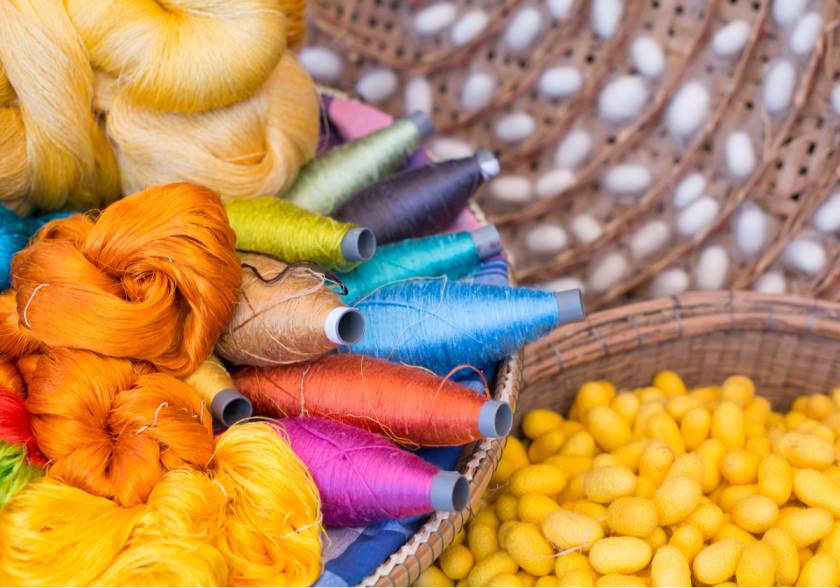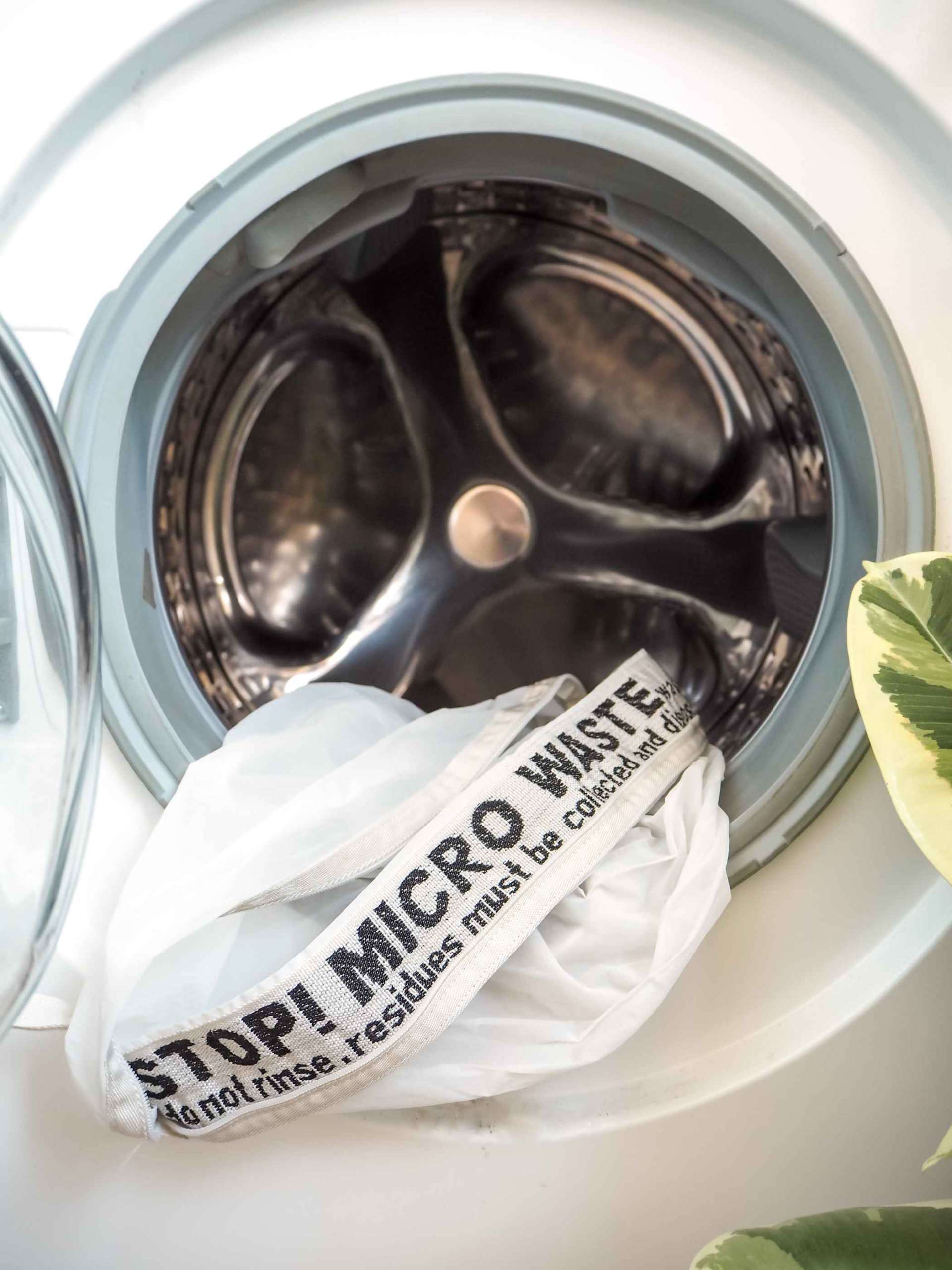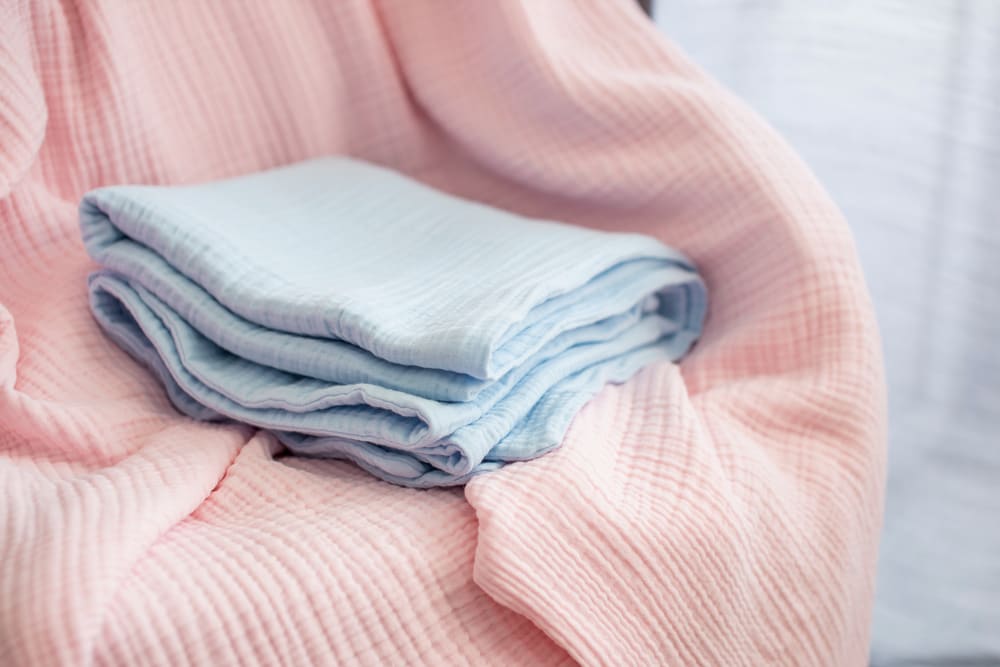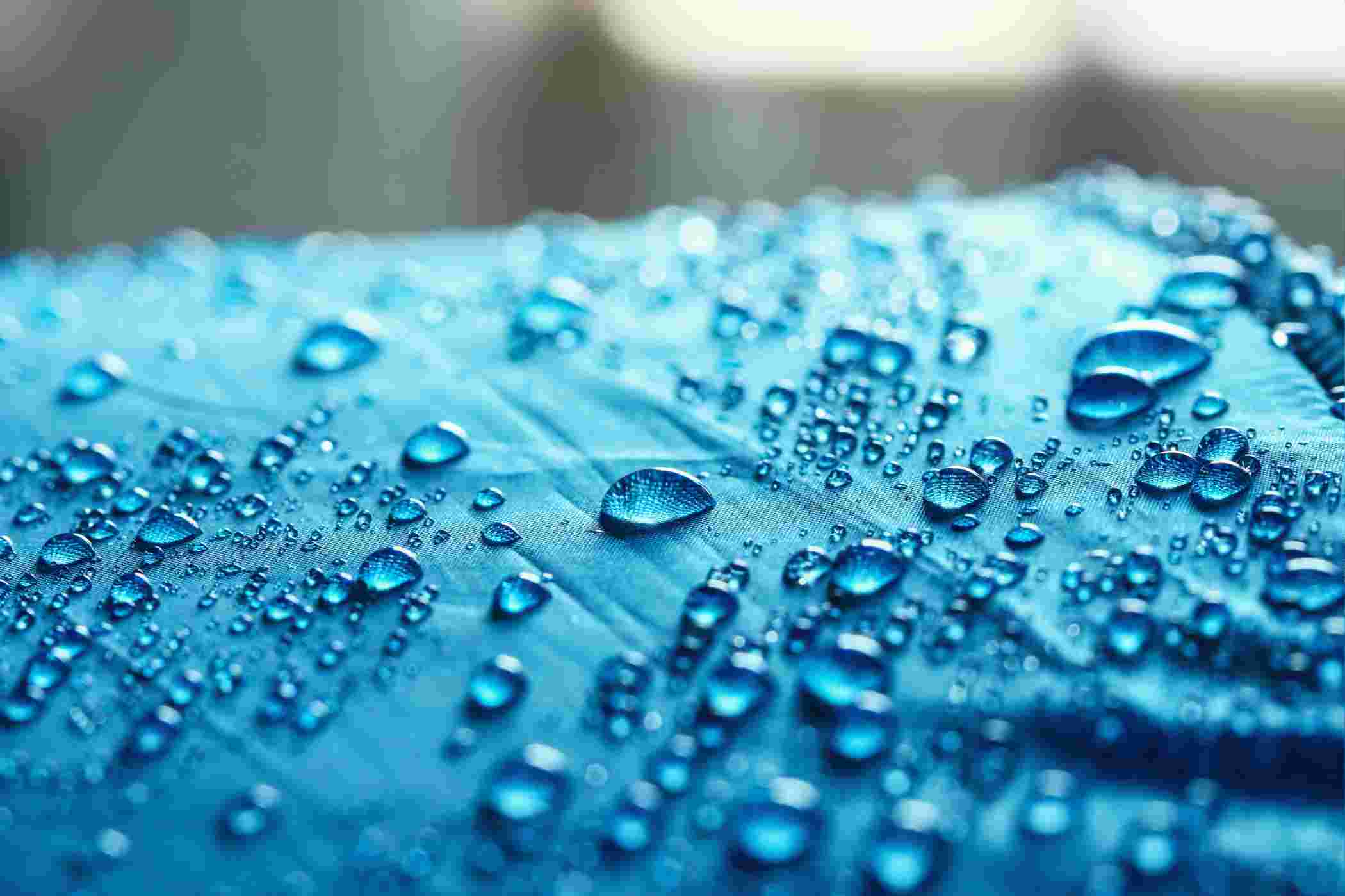Silk: History, Types, Uses, and Ethical Production



It is a well-known fact that the fast fashion industry relies upon cheap fabrics to facilitate cost effective production, the ultimate aim being the replication of high fashion trends for the mass. This general practice of the fast fashion industry has led to a decline in demand for organic and expensive fabrics like silk. Quantity has taken over quality, compromising elegance and authenticity in the process.
| Fabric | Silk |
| Types | Mulberry, Eri, Tussar, Muga, Spider and Lotus |
| Major Producer | China, India, Uzbekistan, Brazil, Japan, Korea, Thailand and Vietnam |
| Used For | Dresses, Nightgowns, Lingerie, robes, blouses, suits, sport coats, curtains, pillow ruffles, parachutes, bicycle tires, medical dressings |
| Thread Count | Upto 600 |
| Breathability | High |
About Silk: From Fiber to Fabrics.

Silk is a natural fiber with high lustrous quality and softness which comes from its protein. The natural protein fiber is composed of fibroin that is obtained from certain insect larvae forming cocoons. Sericulture is the process of cultivating silkworms that produce silk. The best known silk is obtained from the mulberry silk worm and Bombyx mori, the domestic silk moth. Silk is considered to be the strongest natural textile in the world.
The process of obtaining the fiber is quite complex. Silk caterpillars have to be cultivated in large numbers and they are fed on specific leaves (Bombyx mori feed on mulberry leaves only) during the process. Before they hatch out and turn into moths, the cocoons are soaked into hot water to produce filaments. These filaments are spun to form the silk fibers and the fibers are further processed into silk fabrics.
The History and Origin of Silk
Silk was first discovered in China around 2696 BC. China held a monopoly over silk production for thousands of years. Legend has it that the queen of the Yellow Emperor, Leizu, was having her tea in the imperial garden while a cocoon fell in her warm cup of tea. She discovered that the cocoon unravelled into a thread which was soft and strong. Her idea to make silk led to the invention of the loom and eventually China had this new industry.
The process of silk production remained a secret under strict instructions of the Emperor till two monks from the Byzantine Empire managed to smuggle silkworms eggs out of the country around 550 AD. Silk production began to thrive in Europe around the 11th century, especially in Italy and then in France and Spain. Britain took up the production of silk around the 17th century followed by the United States of America which remained a rising hub for silk production until the second world war.
At present more than 60 countries around the world produce silk, but the bulk of production is concentrated in only a handful of places – China, India, Uzbekistan, Brazil, Japan, Korea, Thailand and Vietnam.
Why has silk experienced high popularity through the centuries?

The lustrous appearance of fabric makes it a highly prized fabric. The shimmer of the fabric is due to the triangular prism-like structure of the fiber which enables it to refract the light coming from different angles. Silk is a symbol of elegance and luxury, owing to its historical association with nobility and high price. The fabric can be dyed or printed with various bright colors and the result is brilliantly attractive. The fluid nature of the fabric makes it ideal for experimenting with drapes.
The durability of silk fiber is unparalleled. The fabric is lightweight and its has a high moisture absorbent ability. The fabric is also highly breathable and can absorb perspiration without being damp which makes it comfortable and stylish at the same time. The texture of the fiber is soft and smooth, and it is non-slippery unlike the synthetic fibers. It can also dry up quickly and be resistant to pilling. It is resistant to most mineral acids except for sulphuric acid which dissolve the fabric.
Uses of Silk in Fashion
Various ethnic garments use silk as the chief fabric. Silk nightgowns are largely popular and silk sarees never go out of style. Silk is also a common choice for party and evening wear. The fabric is also commonly used in blouses, suits, sport coats, curtains, pillow ruffles, parachutes, bicycle tires, and medical dressings.
Guideline to care for silk clothes
The handling of silk, however, needs to be delicate. Generally silk is dry cleaned and extreme caution is required for washing. Chlorine bleach destroys silk fabrics and so does soap. Prolonged exposure to the sun damage silk clothes and wrinkles may occur if not properly maintained.
Types of Silk
Mulberry silk is the most popular one due to its strength, softness and durability. Interestingly, Eri Silk or ‘peace silk’ doesn’t require killing silkworms. It is heavy and more durable than the mulberry silk. Tussar silk and Muga silk are produced in India from its native silkworm. Spider silk is very expensive and not widely available as spiders cannot be bred like silkworms. Nowadays, we have a new variety of silk called Lotus Silk which is extremely rare and expensive.
Silk - A fabric for all seasons

Silk can be used as a chief fabric for launching a collection in any season, be it summer, winter, or spring. It is naturally absorbent which helps in the regulation of temperature. The fabric has very stretchability and therefore retains its shape, which helps in perfect draping.
Ethical Clothing
Silk production does not generate major negative impact on the environment. Contrary to synthetic fabrics, this is organic and the production has been in harmony with nature. The production creates negligible wastage. Toxin involvement or release is zero. Silk is biodegradable which makes it more environment friendly. All such properties of silk can be a sustainable answer to the piling wastage caused by the trending fast fashion. However, there are certain concerns about the ethical aspect of silk cultivation. Animal welfare groups like PETA and ASOS have raised alarm regarding silk cultivation in the past. Various brands therefore are trying to come up with alternatives which do not involve affecting the silkworms.
The appeal of pure silk however surpasses any concern and its eco-friendly nature triumphs over any synthetic counterpart. It has remained a part of the global heritage of fashion for ages.
There are organizations that certify the purity of silk. The Global Organic Textile Standard certifies organic silk. The World Fair Trade Organisation Guarantee System effectively certifies ‘peace silk’ for its humane way of cultivation.



















